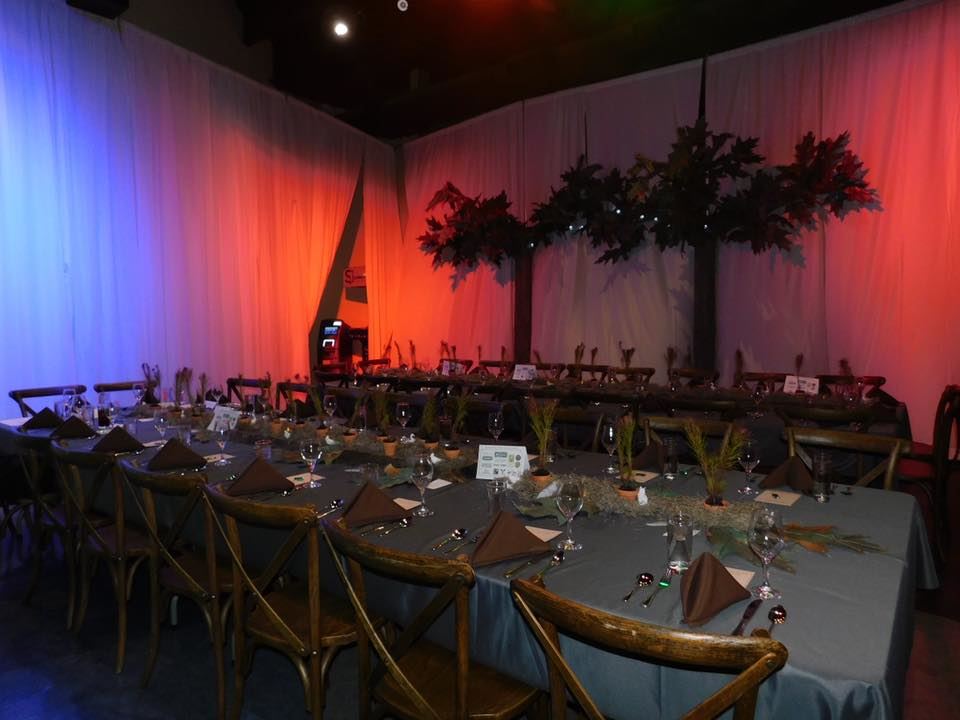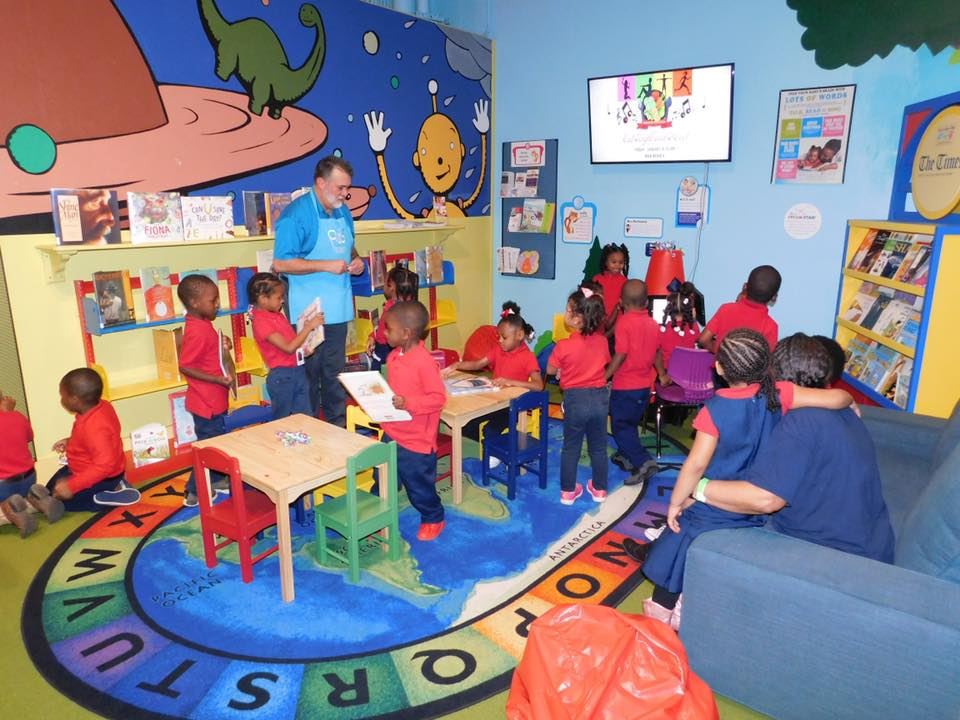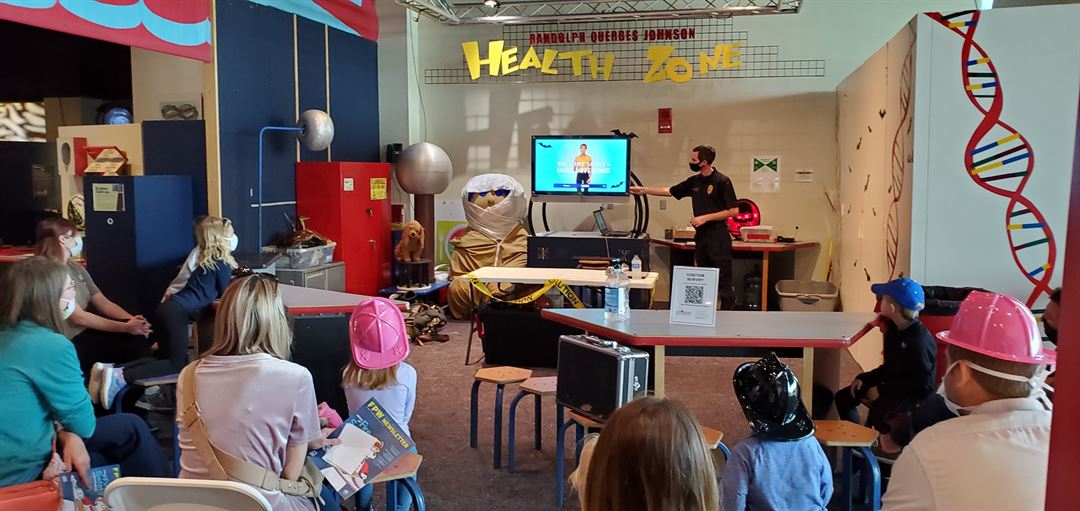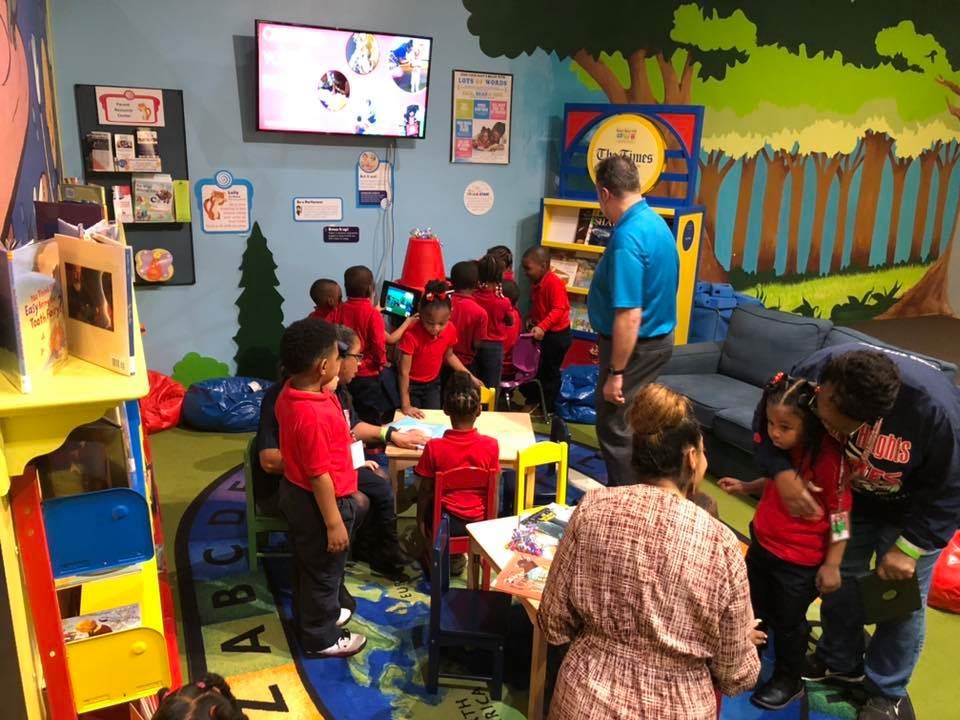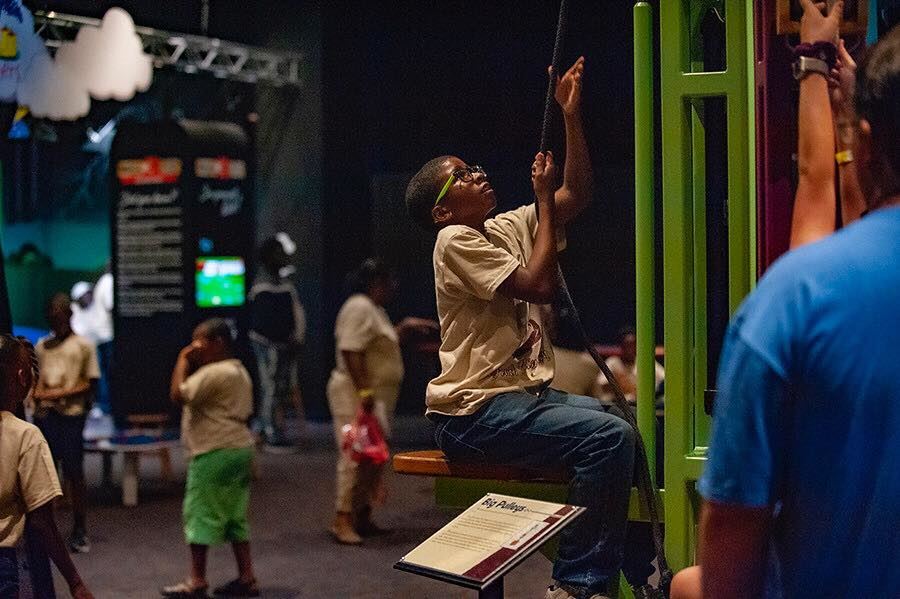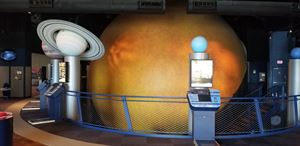Sci-Port Discovery Center
820 Clyde Fant Parkway, Shreveport, LA
Capacity: 175 people
About Sci-Port Discovery Center
Sci-Port Discovery Center is a 92,000 square-foot science and entertainment center made up of Louisiana’s Science and Space Center (LSSC), Power of Play (POP) Children’s Museum and Louisiana’s only IMAX® Dome Theatre. LSSC includes over 200 hands-on exhibits, interactive programs and demonstrations and the Sawyer Space Dome Planetarium. POP is a kid-sized Shreveport-Bossier where kids ages 8 and under can learn through the power of play. The IMAX® Dome Theatre immerses guests in award-winning films through state-of-the-art technology. Center accolades include Best Science Attraction for Kids in Louisiana, Attraction of the Year in Louisiana, and one of Parents magazine top ten science centers in the nation. Sci-Port is a member of the Association of Science-Technology Centers, the Association of Children’s Museums and the LA Space Consortium.
Event Pricing
Party Packages Starting At
Attendees: 20 maximum
| Deposit is Required
| Pricing is for
parties
only
Attendees: 20 max |
$300
/event
Pricing for parties only
Event Spaces
Sawyer Space Dome Planetarium
Additional Event Spaces
Anderson/Feazel Family Foucault Pendulum
Animal Enclosures
Peggy and Aaron Selber Space Walk
Peggy and Joe Averett Solar Observatory & Solar Cluster
Neighborhood
Venue Types
Features
- Max Number of People for an Event: 175
